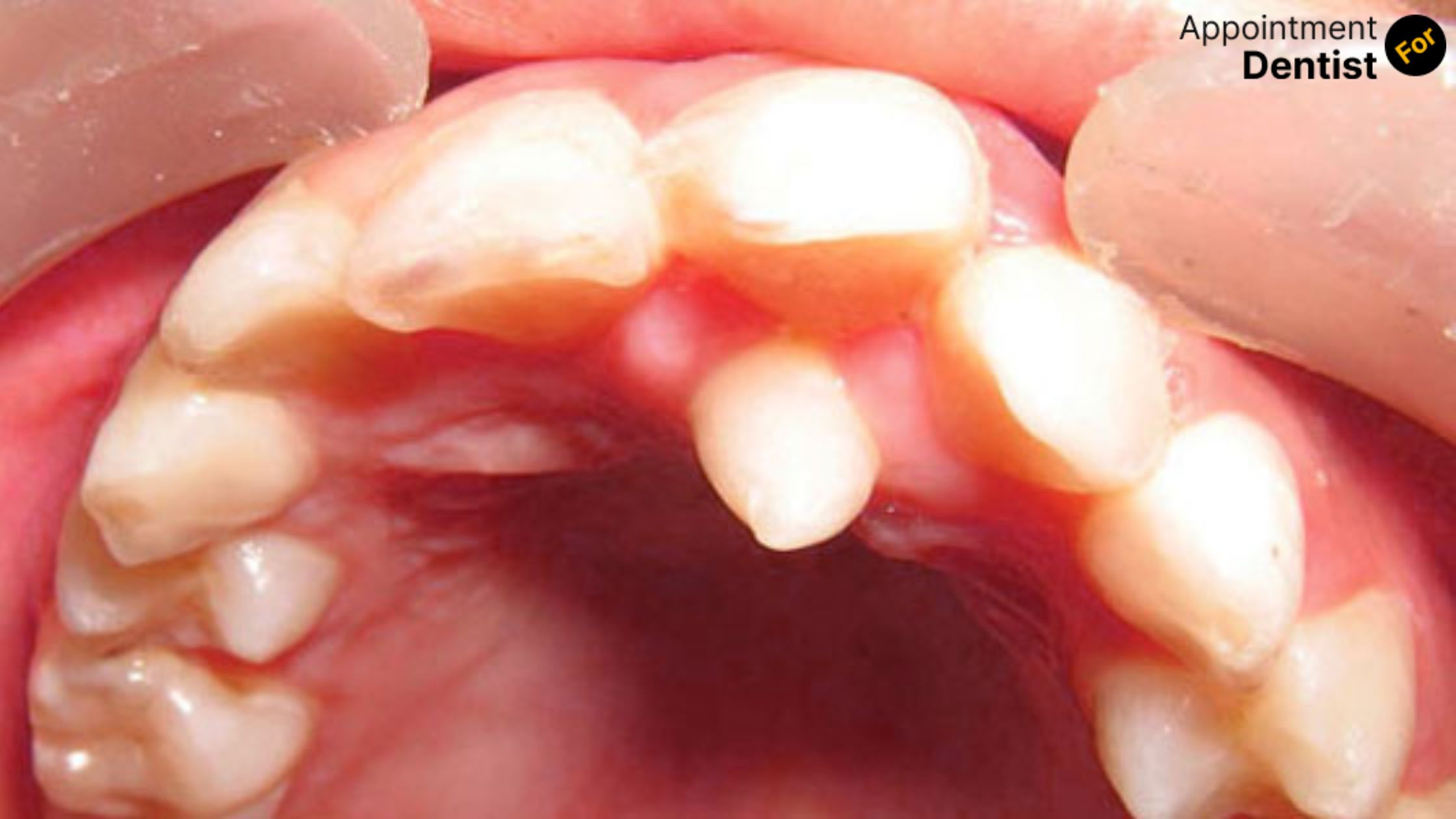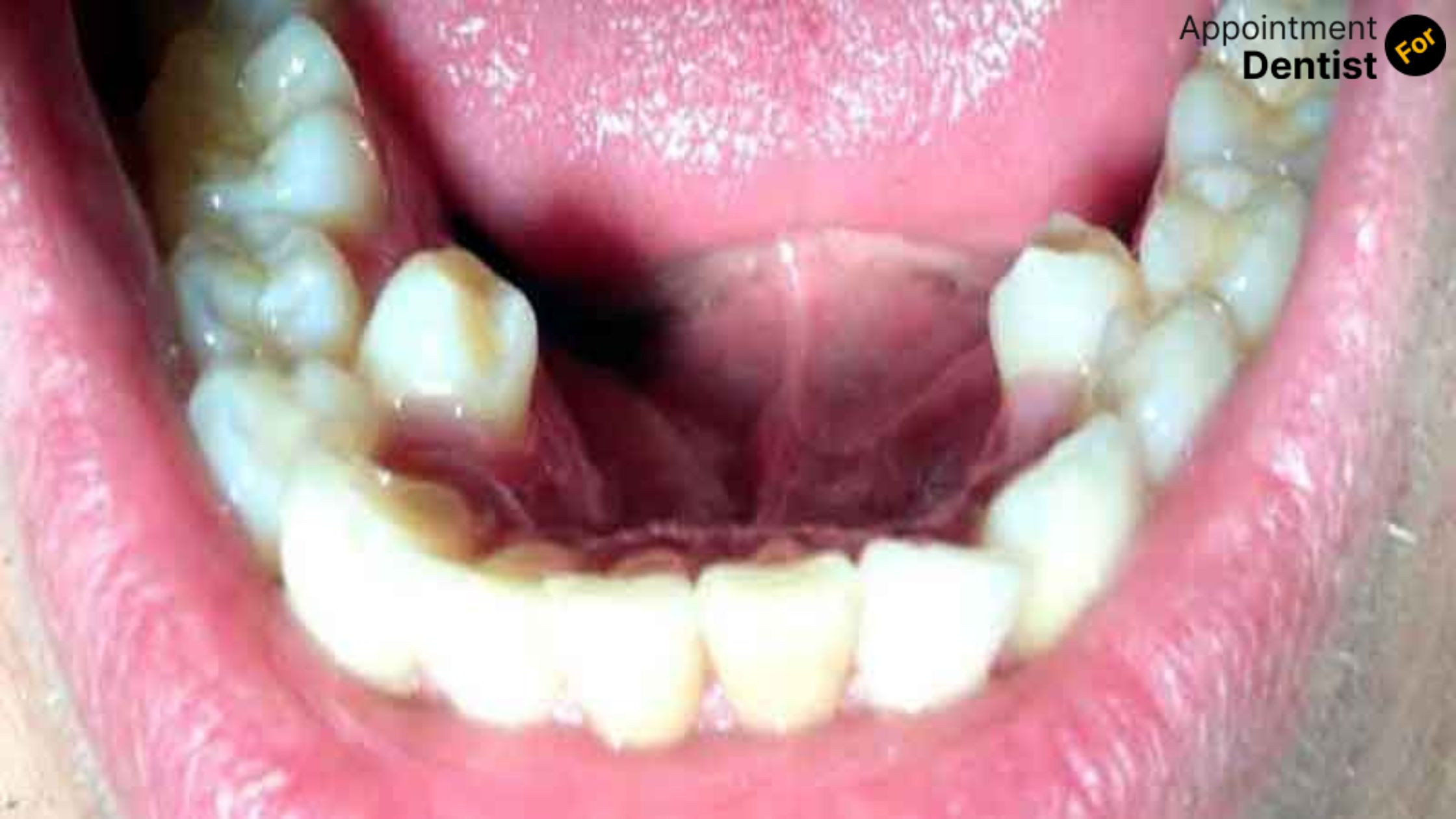Dental Solutions for Treating and Preventing Hyperdontia (Extra Teeth)
Posted on August 05, 2024 by Admin

Dental Solutions for Treating and Preventing Hyperdontia (Extra Teeth)
This dental anomaly points to a dental condition characterized by the appearance of extra teeth, otherwise called supernumerary teeth, in the upper and lower dentition. Having one more tooth than usual does not seem to be such an important condition; however, hyperdontia brings a series of problems: dental crowding, malalignment, and hygiene-related issues. It is always important to be knowledgeable about the different types of hyperdontia, causes, and know effective dental solutions treating and preventing the problem to get good oral health.
What is Hyperdontia?
Hyperdontia is when a person has more teeth than the usual or standard number. In this context, adults typically have 32 teeth, while children are born with 20 primary teeth that include wisdom teeth. This extra teeth phenomenon might occur in both primary and permanent dentition. The teeth may be of different shapes and sizes and may erupt in any part of the mouth, though they are predominant in the upper jaw.
Factors contributing to the development of hyperdontia include:
- Genetics: If there is a family history of hyperdontia, then the person is likely to develop extra teeth. Syndromes such as Gardner syndrome and cleidocranial dysostosis have some association with hyperdontia.
- Developmental problems: Abnormalities in tooth development may result in the formation of supplemental teeth.
- Environmental factors: It is also held by some researchers that some environmental influences, such as trauma or infection during the time of tooth development, are causative factors in hyperdontia.
Symptoms of Hyperdontia
The symptoms of hyperdontia vary depending on the number and position of the supernumerary teeth. Common ones are:
- Crowding of teeth or malalignment
- Poor oral hygiene because of crowding
- Jaw pain or discomfort
- Delayed eruption of permanent teeth
- Visible extra teeth in the mouth
Also Read: Things You Should Know About Dental Insurance
Dental Treatments to manage Hyperdontia
- Diagnosis and Evaluation
If you suspect that you have got hyperdontia, you should visit a dentist for an examination. X-rays will most likely be taken to determine if you indeed have supernumerary teeth. An evaluation must be made to ascertain what treatment option is the best.
- Monitoring
In some of the cases where extra teeth are not very problematic, your dentist will probably recommend monitoring. This will enable the dentist to make a note of changes that may take place and do what is necessary.
- Extraction of Supernumerary Teeth
In cases of potential overcrowding, misalignment, or other anomalies related to hyperdontia, extraction of the extra teeth may be recommended by your dentist. This would help to reduce discomfort, realign teeth, and ease oral hygiene.
- Orthodontic Treatment
Orthodontic treatment may be required in the realignment of teeth due to the extraction of the supernumerary teeth. Braces or even removable invisible aligners will help in repositioning the teeth, hence enhancing the general dental appearance.
- Restorative Dentistry
In such cases, restorative dental procedures may be needed if hyperdontia has caused structural issues or damaged the adjacent teeth. This would involve fillings, crowns, or any other treatment to re-establish form and function in teeth that have become affected.

Preventing Hyperdontia
While hyperdontia cannot be completely prevented in every case, you may take steps for the promotion of general dental health and possibly minimize the risk:
- Genetic Counseling
Genetic counseling is possible in case of a family history of hyperdontia or associated dental problems. It can help in ascertaining risks and inform future dental care.
- Regular Dental Check-ups
Routine dental visits are necessary for the early detection of dental problems, including hyperdontia. Your dentist can keep a track of your oral health and timely interventions.
- Maintain Good Oral Hygiene
Establish good oral hygiene to reduce some of the complications that hyperdontia can cause. Regular brushing and flossing will keep your teeth and gums healthy, thereby preventing cavities and gum diseases.
- Healthy Diet
A well-balanced diet with an adequate intake of vitamins and minerals contributes to good dental health. Calcium and phosphorus-rich foods can help in hardening the teeth, and low sugar consumption may save teeth from a lot of dental issues.
Must Read: 7 Mistakes to Avoid When Choosing a Dental Plan
Conclusion
This hyperdontia can cause a lot of problems with oral health. The key to living with the condition lies in the understanding and finding dental solutions that work. If people can consult a professional dentist with good oral hygiene and be well-informed about dental treatment options, then they can deal with hyperdontia effectively. One needs regular visits to the dentist, maintaining a healthy smile, and preventing further complications.
Faqs
-
1. Is hyperdontia common?
Hyperdontia is relatively a rare condition and occurs in only about 1-3% of the population. Though it is rare in the general population at large, the condition is more prevalent in males than females.
-
2. Can hyperdontia result in dental problems?
Yes, hyperdontia may result in crowding and malalignment of teeth. This further creates difficulty in maintaining oral hygiene and increases susceptibility to dental caries and periodontal disease.
-
3. How is hyperdontia diagnosed?
It is diagnosed by a dental examination and imaging techniques like X-rays to determine the presence and location of supplemental teeth.
-
4. Are there any long-term consequences of hyperdontia?
If left untreated, it leads to chronic dental issues, which involve persistent discomfort, problem in the misalignment of teeth, and tendency to develop dental caries.
-
5. Can hyperdontia be treated at any age?
Yes, hyperdontia can be treated at any age. However, early intervention may be beneficial in avoiding complications and maintaining the most satisfactory dental health.
Recent Post
- The Importance of Oral Health Education for Children
- How to Choose the Right Orthodontic Treatment for Adults
- The Link Between Oral Health and Stroke Risk
- How to Address and Prevent Gum Recession
- Innovations in Dental Anesthesia: Pain-Free Procedures
- The Role of Saliva in Oral Health: Functions and Disorders
- Exploring Holistic Dentistry: What You Need to Know
- How Oral Health Affects Your Immune System
- The Benefits of Using Dental Probiotics
- Oral Health and Pregnancy: Myths and Facts